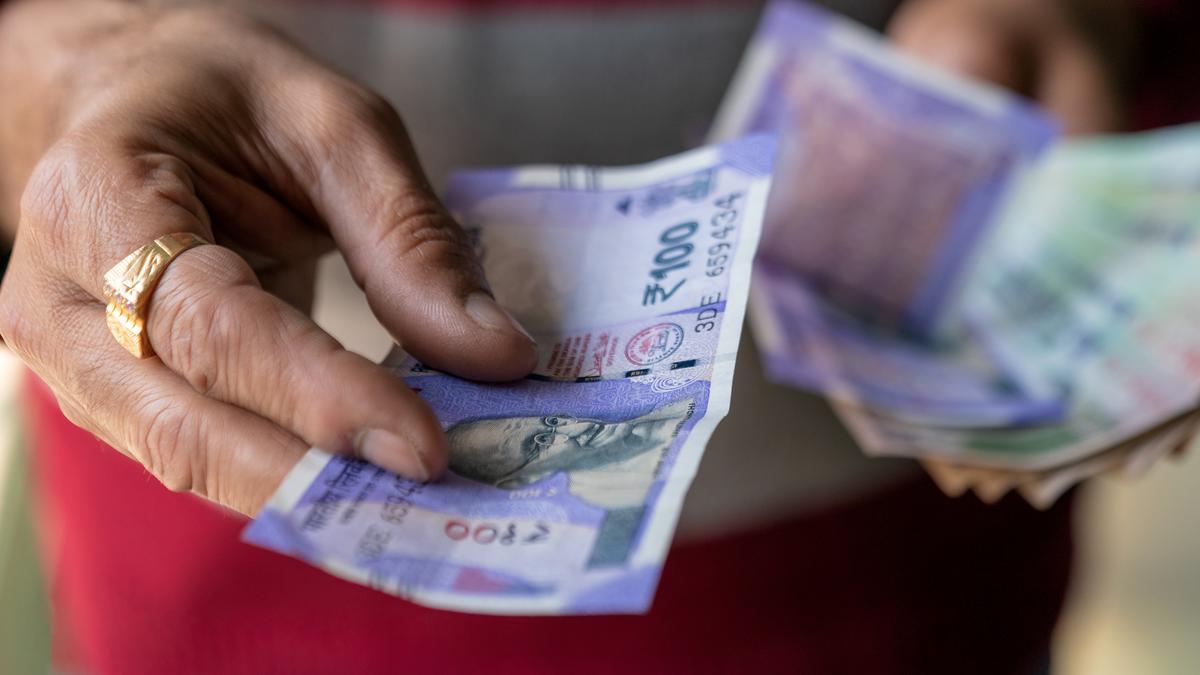
Viksit Bharat and the Budget’s play with numbers Premium
The Hindu
The government is clearly not convinced that all its claims will materialise, so, there is a focus on tax concessions to the middle class and incentivising the corporate sector
The background to Budget 2025-26, as presented even by the official Economic Survey 2024-25, has posed a challenge to the Narendra Modi government that is settling into its third term. Growth is decelerating because of dampened consumption demand and slowing public capital expenditure, and private investment has not been making up for the slack. Meanwhile, global growth and policy trends, pre- and post-Trump, make it clear that external trade is not likely to be of much help. Any effort to reverse the slump in growth and ensure that the Viksit Bharat 2047 slogan, or ‘the ambition to take India to developed country status’, is not all hype, requires a revival of domestic demand.
The principal source of the problem seems to be the inadequate growth in mass consumption demand domestically, following the weakening of an unsustainable spell of credit-fuelled expansion. In a rather candid section on earnings trends, the Economic Survey notes that underlying subdued demand is a trend of rising income disparity. Stable growth, the Survey concludes, requires a fair distribution of income between capital and labour. But in a business-friendly new India, corporate profitability rose to a 15-year peak in 2023-24, with the biggest firms being disproportionate beneficiaries, while employment growth in the corporate sector was tepid and wage growth moderate.
The dampening of consumption demand driven by these trends was not neutralised by proactive government spending in the form of increased capital expenditure. In nominal terms, even the expansively defined “effective capital expenditure” through the central Budget (which includes grants in aid to the States for creation of capital assets) rose by 5%, which implies a fall in real terms. Budget 2024-25 had projected effective capital expenditure to rise from ₹12.5 lakh crore to ₹15 lakh crore, or by 20%. So, relative to plans, the revised figure reflects a sharp fall. This transpired despite the Centre’s access to exceptional receipts such as revenues from cesses that are not shared with the States, receipts from sale of spectrum, special dividends from cash-rich public enterprises, and transfers of large “surpluses” from the Reserve Bank of India to the government. In practice, deficient revenues from taxes and fiscal conservatism kept government spending down and impacted capital expenditures adversely.
Depressed demand has meant that better profitability notwithstanding, private investment too has been deficient, aggravating the growth deceleration. The principal ask of the Finance Minister, therefore, was to lift the level of government expenditure relative to GDP, with a focus on a hike in the capital expenditures of the central government, and measures to boost employment and lower- and middle-income earnings in the medium term.
Raising expenditures requires mobilising additional resources. That, however, does not seem to be the emphasis in the Budget. Reticent to tax friendly corporates and bent on consolidating a middle-class vote bank mobilised by using a majoritarian agenda, tax forbearance and concessions seem to be the current objective of fiscal policy. Part B of the Budget speech 2025-26 reserved its punch for the end, providing significant direct tax benefits for the middle-income earners. The tax-free income level has risen from ₹7 lakh to ₹12.75 lakh and revised rates in different tax slabs give substantial benefits to those required to pay income taxes. A consequence, according to the Minister, is a loss of potential direct tax revenues of around ₹1 lakh crore.
In addition, as part of the commitment to keep the central government’s borrowing relative to GDP constant, the Finance Minister has promised to reduce the fiscal deficit from 4.8% of GDP in 2024-25 to 4.4% in 2025-26. As a result of the sacrifice of revenues and the self-imposed restraint on the borrowing, the Budget for 2025-26 projects an increase in total nominal expenditure of just 7%.
However, the Budget promises to hike capital expenditure by 17% relative to revised estimates for 2024-25. That arithmetic works because of a willingness to record curtailed spending on social welfare. The food subsidy bill for an enhanced safety net under the National Food Security Act, having fallen from ₹27.3 lakh crore in 2022-23 to ₹19.7 lakh crore in 2024-25, is projected at just ₹20.3 lakh crore in 2025-26. Similarly, the outlay for the National Rural Employment Guarantee Scheme, having fallen from ₹90.8 thousand crore in 2022-23 to ₹86 thousand crore in 2024-25, is expected to stay at the same level. These are in any case not final figures and are likely to be even lower.

CREDAI Visakhapatnam praises Union Budget as a visionary roadmap for infrastructure and urban growth
CREDAI Visakhapatnam praises Union Budget 2025-26 as a visionary roadmap for infrastructure and urban growth in India.

 Run 3 Space | Play Space Running Game
Run 3 Space | Play Space Running Game
 Traffic Jam 3D | Online Racing Game
Traffic Jam 3D | Online Racing Game
 Duck Hunt | Play Old Classic Game
Duck Hunt | Play Old Classic Game
















